Common catchment: description of varieties and secrets of cultivation
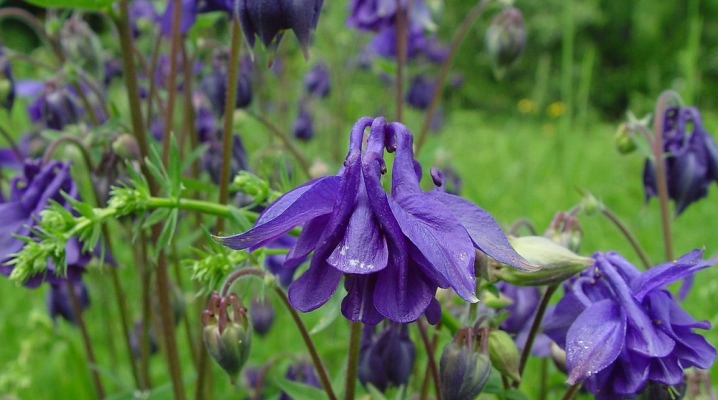
The common catchment or aquilegia belongs to herbaceous perennials of the Buttercup family. The culture is extremely popular among flower growers and is also known in different countries under such names: orlik, columbina.
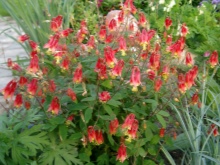
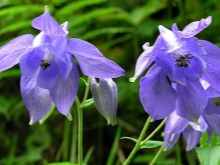

General characteristics
In nature, the flower is common in many European countries, as well as in the north of the American continent. In Russia, it can be seen in its European part and in the west of Siberia. The height of the aquilegia can vary from 30 to 100 cm. Shoots are erect, branched, covered with ternary leaves. The lower leaf plates are dvazhdytrychatye, located on rather long petioles, and the upper, stem ones are short-petiolate.
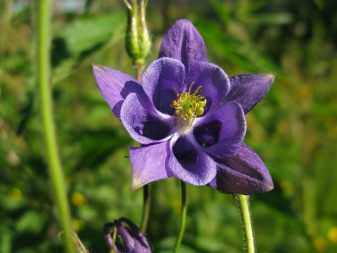

Their color is greenish-gray, the upper part is painted in a darker color. The shape of the plates is round, wedge-shaped. Large flowers grow singly on the tops of strong peduncles, there are different types: simple, semi-double or double. The colors can also be varied:
- pink;
- purple;
- blue;
- creamy white;
- burgundy;
- red with a white or yellow center.
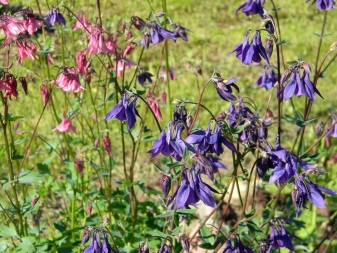
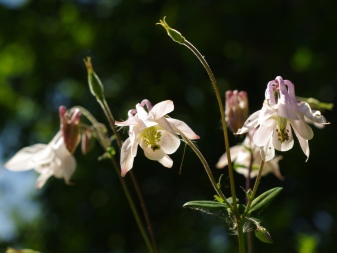
The shape of the bud is irregular, the calyx consists of five petals. In the middle of the sepals are narrow funnel-shaped petals with hollow outgrowths at the ends - spurs. They serve to retain moisture and nectar. Different types of the common catchment are characterized by the presence of spurs of various lengths. The flowering period of the plant falls in June - July.
After that, leaflet fruits with shiny black seeds ripen on the shoots. Aquilegia root system with thick roots.
When working with a plant, you should be careful - it is poisonous. The common drainage basin is characterized by frost resistance, it normally tolerates temperatures up to -35 ° C.
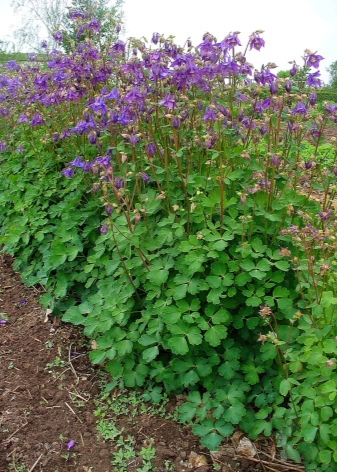
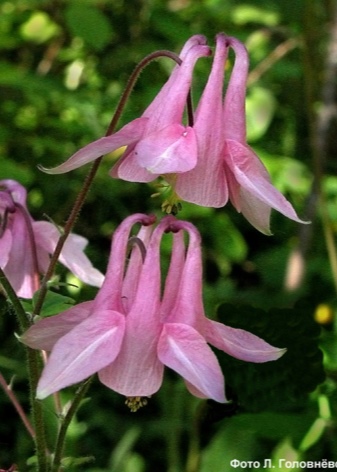
Review of popular varieties
The varietal variety of aquilegia is quite diverse, but not all varieties are suitable for growing as a home crop. The most popular and widespread varieties of the common catchment area in floriculture:
- Flore pleno black differs in height about 80 cm and dark red, almost black double buds;
- Grannys bonnet with double inflorescences, consisting of a large number of pink-purple petals;
- Nivea it stands out with beautiful blue-violet flowers with snow-white stripes;
- Peachy woodside reaches a height of 75 cm, the inflorescences have a delicate peach-pink color, and the leaf plates are yellowish;
- Pom crimson has graceful double flowers of a brownish tone with a white center;
- Silver edge differs in the decorative color of the leaves - they are whitish or green with a white edging, the buds are pink-purple in color;
- Greeen apples with beautiful white and green flowers;
- Woodside double characterized by purple-blue double inflorescences;
- "Winky Red and White" reaches a height of 80 cm, with a crown width of up to 50 cm, numerous buds are white, pink or purple in color, it is also cultivated as a potted flower;
- Ruby Port can grow up to 90-110 cm, with dark red flowers;
- "Barlow" differs in the presence of several subspecies with different colors: "Blue" with blue buds, "Black" with dark and "Pink" with pink-red inflorescences.
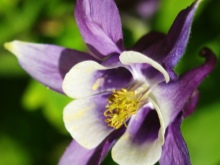
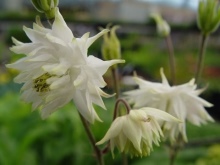

Landing features
The bush perfectly perceives partial shade, although it can grow well even with sufficient light. When growing, aquilegia does not pretend to special conditions, although loose, lightweight and nutrient-rich soil is more suitable for it. On the eve of planting, it is worth adding compost or humus and digging up the ground to a depth of about 20 cm. Planting is carried out mainly by sowing seeds in the first spring month or at the beginning of autumn immediately to the place of growth. In early March, seeds are also sown for seedlings, and in May, seedlings are already planted for growing.
They are planted in the place of growth at the end of August or the following spring. The distance between the bushes should be kept at 25-40 cm. The planted sprouts are watered and at first shaded from direct sunlight and insulated from frost. The flowering of the common catchment occurs next year.
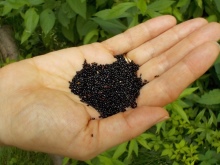

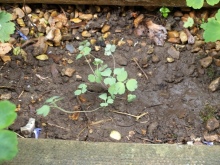
Care rules
Taking care of aquilegia is easy. She loves watering, but thanks to the root system in the form of a long root, she does not suffer from drought. Twice in the summer, the bush is fertilized with complex dressings (mineral and organic), combining them with moisture.
The catchment is characterized by self-sowing of seeds, so it needs frequent weeding and loosening, they are especially appropriate after rain or watering. Every year, it is worth sprinkling fertile soil under the plant for better growth.
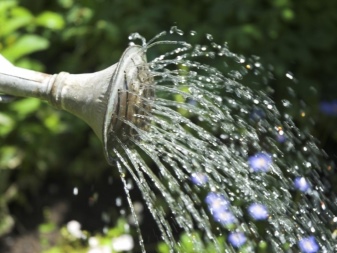
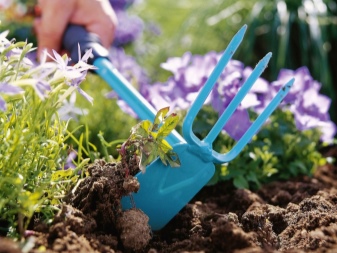
Faded flower stalks should be cut off in order to preserve the decorative effect of the plant and avoid shedding the seeds. After 5-6 years of cultivation in one place, the bush is recommended to be removed or transplanted to another site; further cultivation in the old place does not make sense, since its appearance deteriorates. Experienced growers advise bushes from which they plan to collect seed, plant them separately from others, in order to avoid cross-pollination, or use gauze insulators and artificial pollination.
The catchment normally tolerates frosts, but adult bushes tend to release young roots near the soil surface. To prevent them from freezing, it is worth covering them with a layer of manure mixed with peat and compost. This will serve as a top dressing for the winter and shelter from frost.
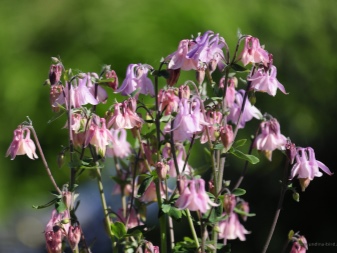
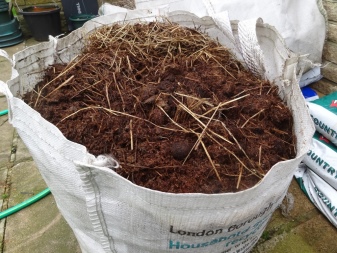
Breeding options
You can grow an ordinary catchment:
- seeds;
- dividing the bush;
- cuttings.
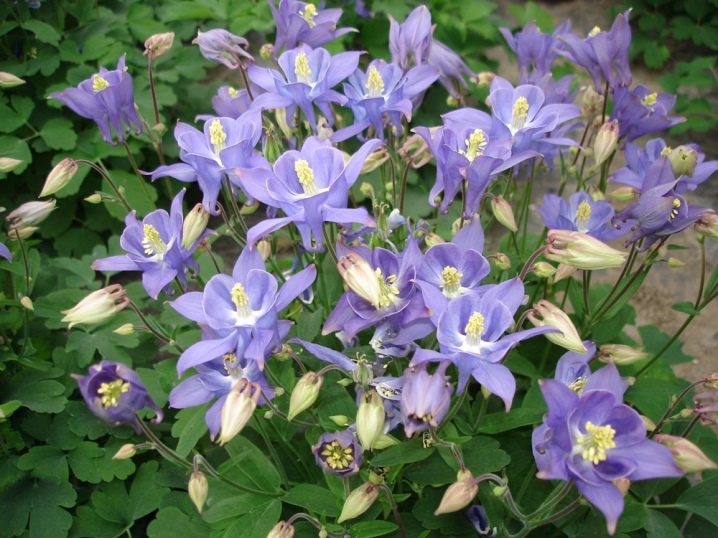
Seeds are sown in two ways: directly into open ground in early September or initially for seedlings in early spring. With autumn planting, seedlings appear more amicably. When sowing seeds in spring, the following algorithm of actions is applied:
- seeds are washed (especially old ones);
- sown in a container with a mixture of turf soil, leaf humus and sand in the same proportion;
- a thin layer of soil is poured on top;
- The seedlings are kept for 3-4 days in a room where it is warm enough;
- then they are kept in the refrigerator for a bit and again left in a room with a temperature of + 18 ° C.
After about 2-3 weeks, shoots begin to appear, when the first true leaves are formed, the seedlings dive, and in June they are placed on the garden bed.
It is very important that there is no excess moisture when leaving, since the sprouts are prone to fungal diseases. At the end of August or the following spring, plants can be planted on the site.
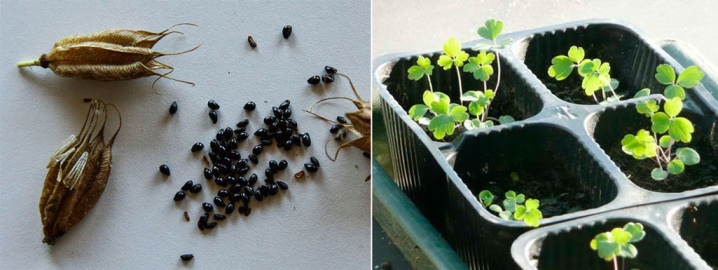
The division of the bush is used extremely rarely, since the root system of the aquilegia is not strong and it is rather difficult to withstand transplants. But if necessary, reproduction is carried out in this way:
- this method is used in early spring or in the first month of autumn, so that the plant has time to form strong roots by the cold;
- a bush over 3 years old is carefully dug out to minimize damage to the root system;
- with a sharp pruner, they cut off the leaves, leaving several new ones and shorten the shoots to 5-7 cm;
- gently wash the roots from the soil;
- with a processed tool, the root is cut along the length into several parts, and each must have at least a couple of buds and small roots, the cut off places are sprinkled with charcoal;
- the cuttings are planted in a nutritious soil, followed by regular moistening.
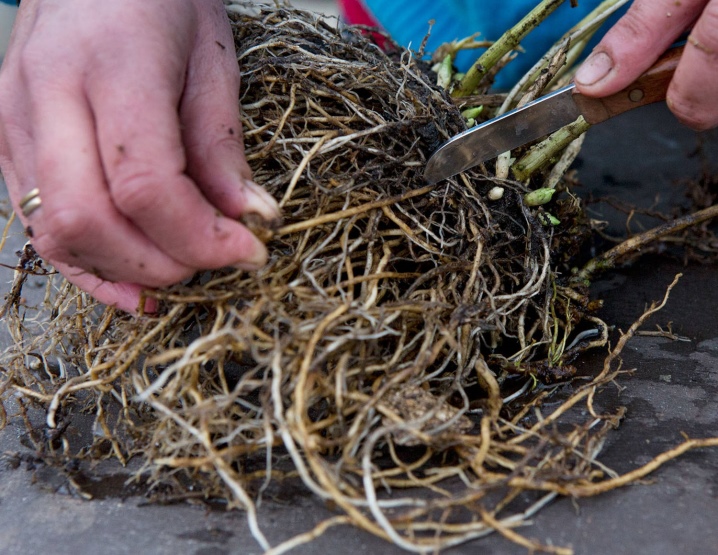
When grown by cuttings, all varietal characteristics of aquilegia are preserved, which is important. Cuttings are usually cut in spring from not yet fully blossomed shoots and planted for rooting in river sand in a greenhouse or in a garden bed, be sure to cover them with a film or a plastic bottle. The sprouts should be slightly shaded and sprayed regularly with water. You can also use summer young shoots as cuttings, but still spring ones form roots much faster. For greater efficiency, cuttings should be dipped in a root formation stimulator.
Rooting takes up to a month, then the seedling is placed in a permanent place of growth. The catchment area is common and self-sowing very successfully, if you do not remove the faded shoots. Therefore, in order to limit this method of reproduction, the fruit growers are cut off at the end of flowering, leaving a part if necessary.

Diseases and pests
Aquilegia is affected by some diseases that are quite common among cultures:
- powdery mildew - manifests itself as a whitish tint on the leaves, the struggle consists in repeated processing of the plant with preparations containing sulfur in the composition (after 7-10 days);
- rot, spots and mosaic are diseases that cannot be treated, the bush must be removed and burned, and the soil must be disinfected.
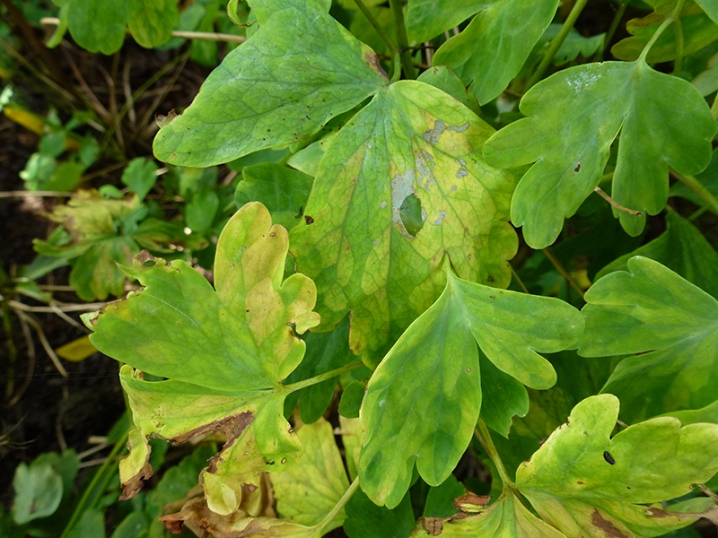
Among the pests, caterpillars are especially annoying to the plant, they are removed mechanically, and with a large amount, insecticides are used. In case of damage to the catchment area of an ordinary aphid or a spider mite, drugs such as "Actellik" or "Karbofos" are used. They also get rid of nematodes with insecticidal preparations, and in case of severe infection, the bush should be removed in order to avoid infection with parasites of other plants.

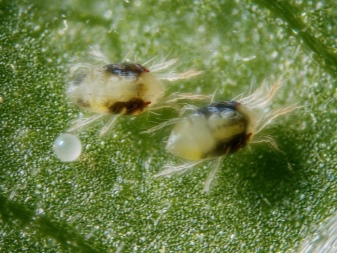
Use in landscape design
Due to its beautiful buds, aquilegia is extremely often used in flower beds, lawns and flower beds. The plant fits beautifully into joint plantings with shrubs and among the trees in the garden. The common drainage basin also looks impressive on the alpine slides. Low-growing varieties, planted in pots or tubs, will serve as an elegant decoration for terraces or verandas.
Aquilegia, unpretentious in cultivation and care, will become a real highlight of the flower garden, it is worth giving it only a fraction of care and attention.
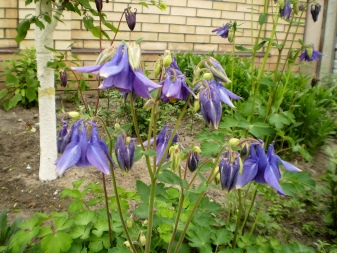
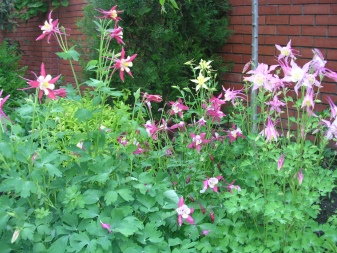
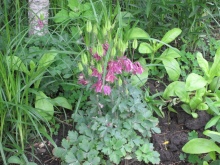
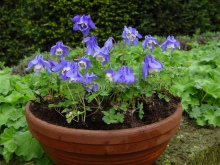
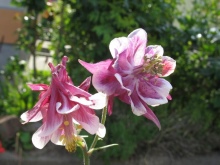
For more information on the common catchment, see the next video.




































































































The comment was sent successfully.